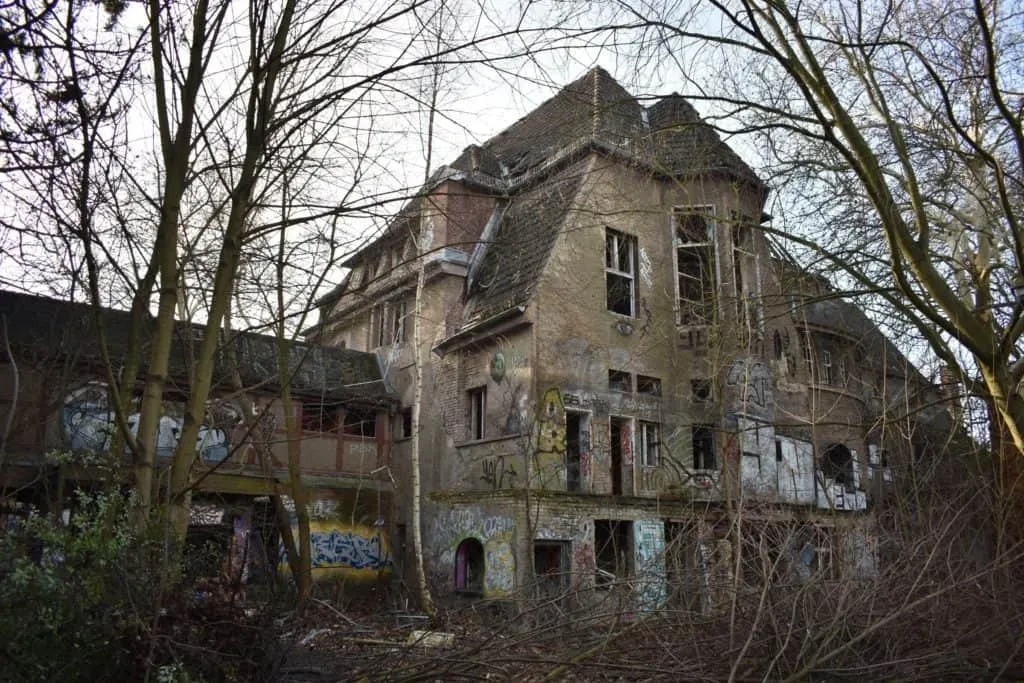Nestled in Berlin’s Weissensee neighborhood, amidst modern apartment buildings, stands a dilapidated ruin with a rich history. Once a cutting-edge pediatric medical facility dating back to the Imperial era, this sprawling complex now sits empty and adorned with graffiti. Despite its inconspicuous appearance to the casual observer, it holds a hidden history that sets it apart.
Nearly two decades ago, this facility was abruptly shut down, leaving it in a peculiar state of limbo that persists to this day. Its deserted halls and crumbling walls serve as silent witnesses to its former glory and the lives it once touched. Today, it stands as a poignant reminder of the passage of time and the fragility of institutions, waiting silently for its next chapter to unfold.



The Weissensee Children’s Hospital, envisioned in 1908 to combat high rates of infant and child mortality, materialized as Prussia’s inaugural municipal hospital in 1911. Situated amidst a sprawling 2.8-hectare (6.9-acre) park, the hospital boasted innovative features such as an onsite dairy supplying milk to patients, mothers, and the local community.
Enduring the upheavals of two World Wars and the Cold War, the hospital expanded in 1987 under East German governance, showcasing resilience amid political shifts. Nevertheless, its closure in 1997 marked a somber chapter in its history. Since then, the premises have stood vacant, safeguarded as protected historic landmarks under municipal stewardship.
In 2005, a Russian investor and medical cooperative acquired the property with grand plans for a modern clinic. However, over time, construction stalled, and even basic maintenance was neglected. Investigative journalists unraveled a complex web of ownership involving shell corporations, raising suspicions about the true motives behind the acquisition.



Investigations into the Weissensee Children’s Hospital saga revealed a surreal narrative involving Russian doctors touting a groundbreaking cancer and AIDS treatment using radio waves. Claims of successful cures in Russia were difficult to substantiate, with purported patients reportedly meeting unfortunate ends due to mismanagement by conventional medical practitioners.
After protracted legal wrangling, local courts sided with the municipal property management authority, compelling the fraudulent Russian owner to surrender control of the property. Yet, the fate of the esteemed children’s hospital remains uncertain, entangled in legal complexities and unresolved inquiries.



The deserted Weissensee Children’s Hospital now serves as a haven for homeless individuals seeking refuge, while also becoming a canvas for graffiti artists who adorn its walls with striking street art. Despite its abandonment, the site remains a magnet for urban explorers drawn by its history and aesthetic appeal. However, caution is paramount, given the structure’s advanced decay, posing numerous hazards. Visitors should tread carefully, acknowledging the potential risks inherent in exploring such an aged and deteriorating building.






